Keep Focused On Winter Weather Hazards
There are four types of loss exposures that every motor carrier must address, especially in winter...

Great West |
There are four types of loss exposures that every motor carrier must address, especially in winter...
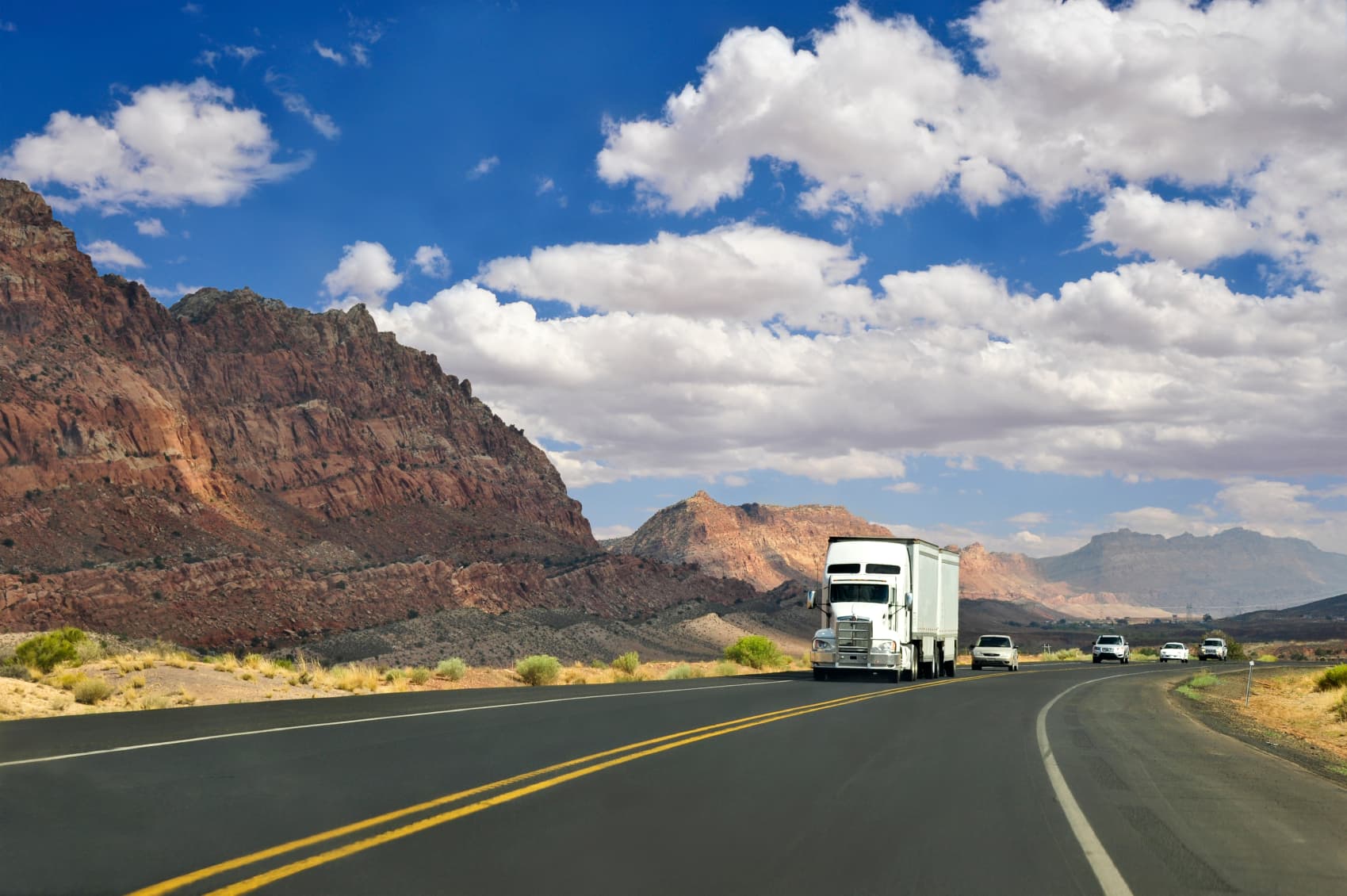
Great West |
Fatigue behind the wheel is a real danger. It can be a killer and happen anytime, anywhere. But,...
.jpg)
Great West |
One of the most neglected aspects of a pre-trip inspection is the air pressure in the tires of...
.jpg)
Great West |
Intersections can pose a serious risk to professional truck drivers. Besides the movement of...
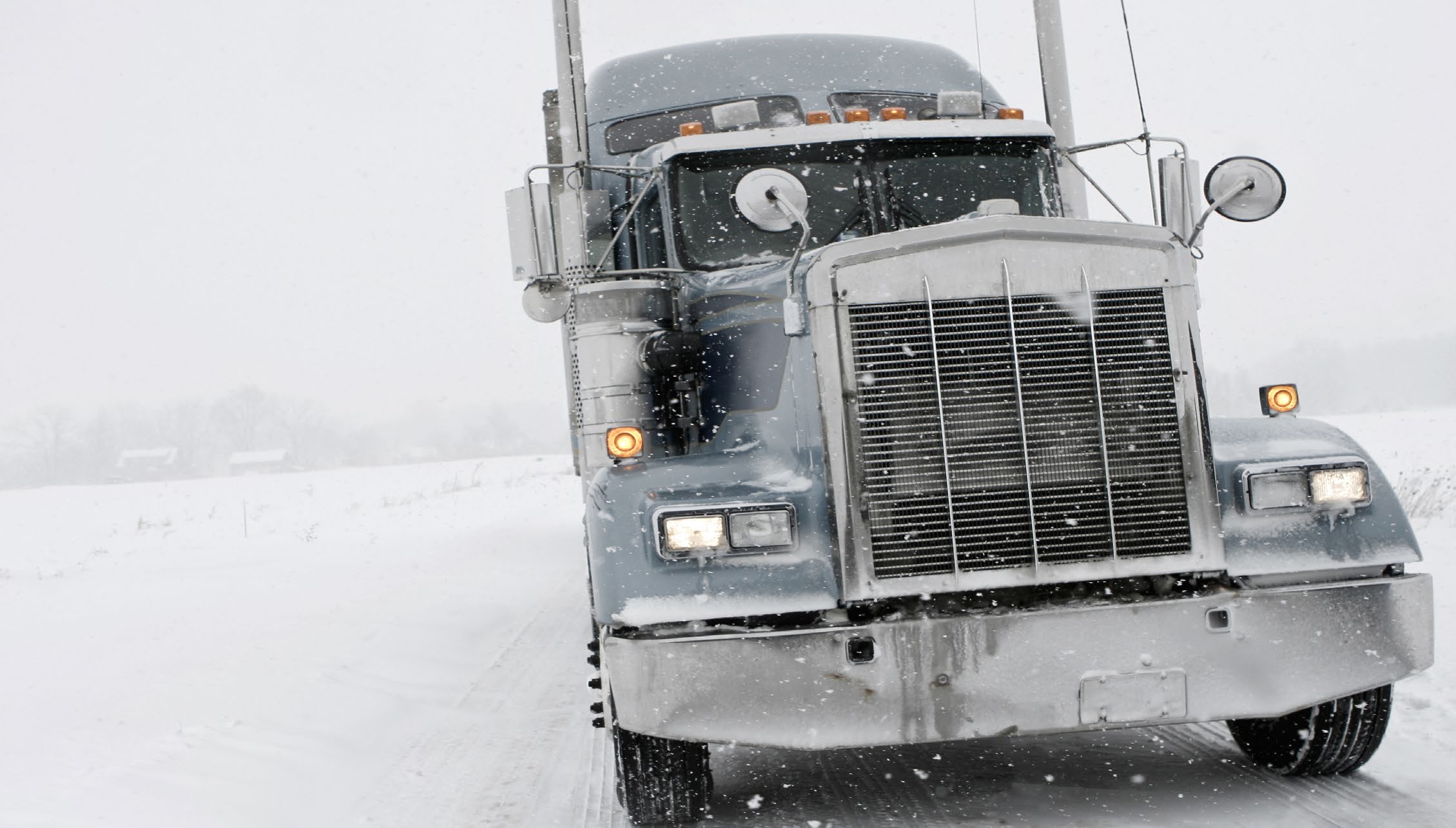
Great West |
Fall is here, and winter is not far behind. For most of the country, as road conditions and...
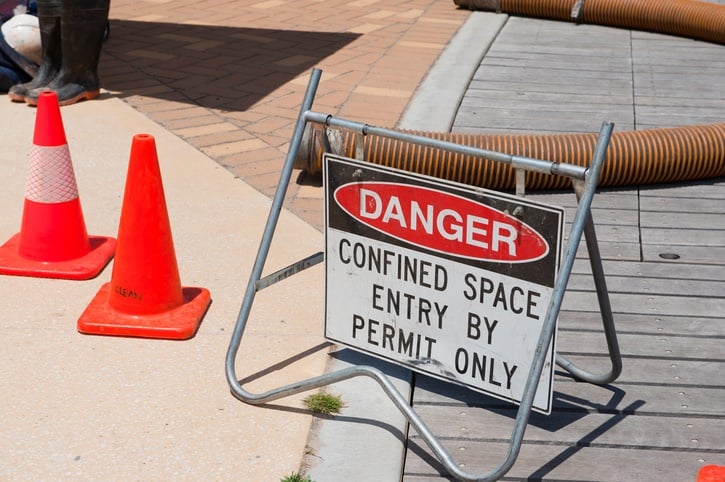
Great West |
Mechanics can put themselves in serious peril if they enter an empty cargo tank trailer without...
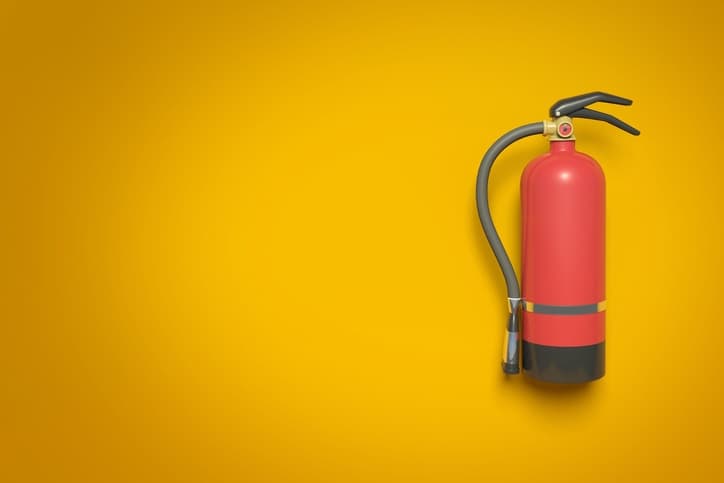
Great West |
A fire can be a devastating financial event for a trucking company or a driver. Modern trucks and...
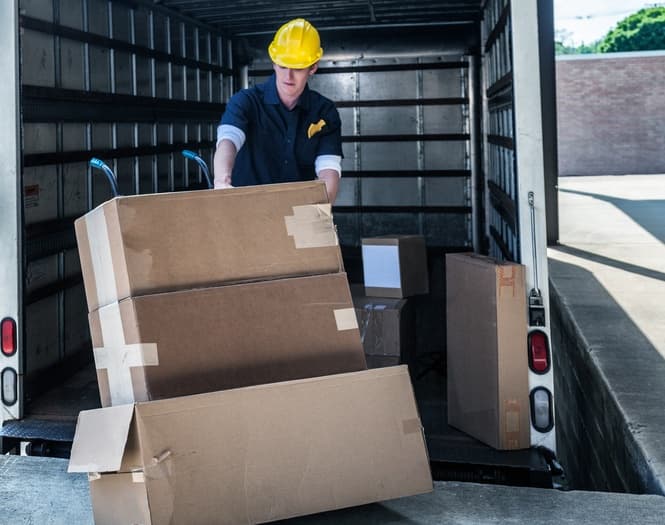
Great West |
In financial markets, Margin of Safety is a principle in which an investor purchases securities...

Great West |
Thirst is the mind’s way of telling the body to drink water. After feeling thirsty, a person may...
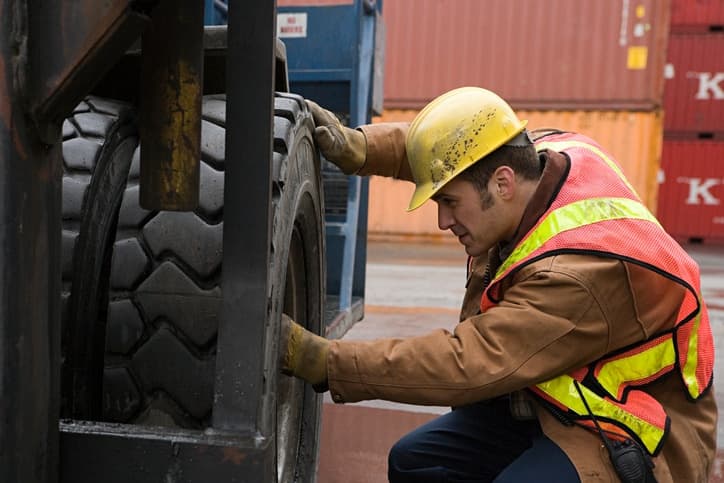
Great West |
Every year, maintenance employees are seriously injured or killed when wheel components fail,...

Great West |
Some of the most frequent types of severe crashes are rear-end collisions. These crashes, which are...
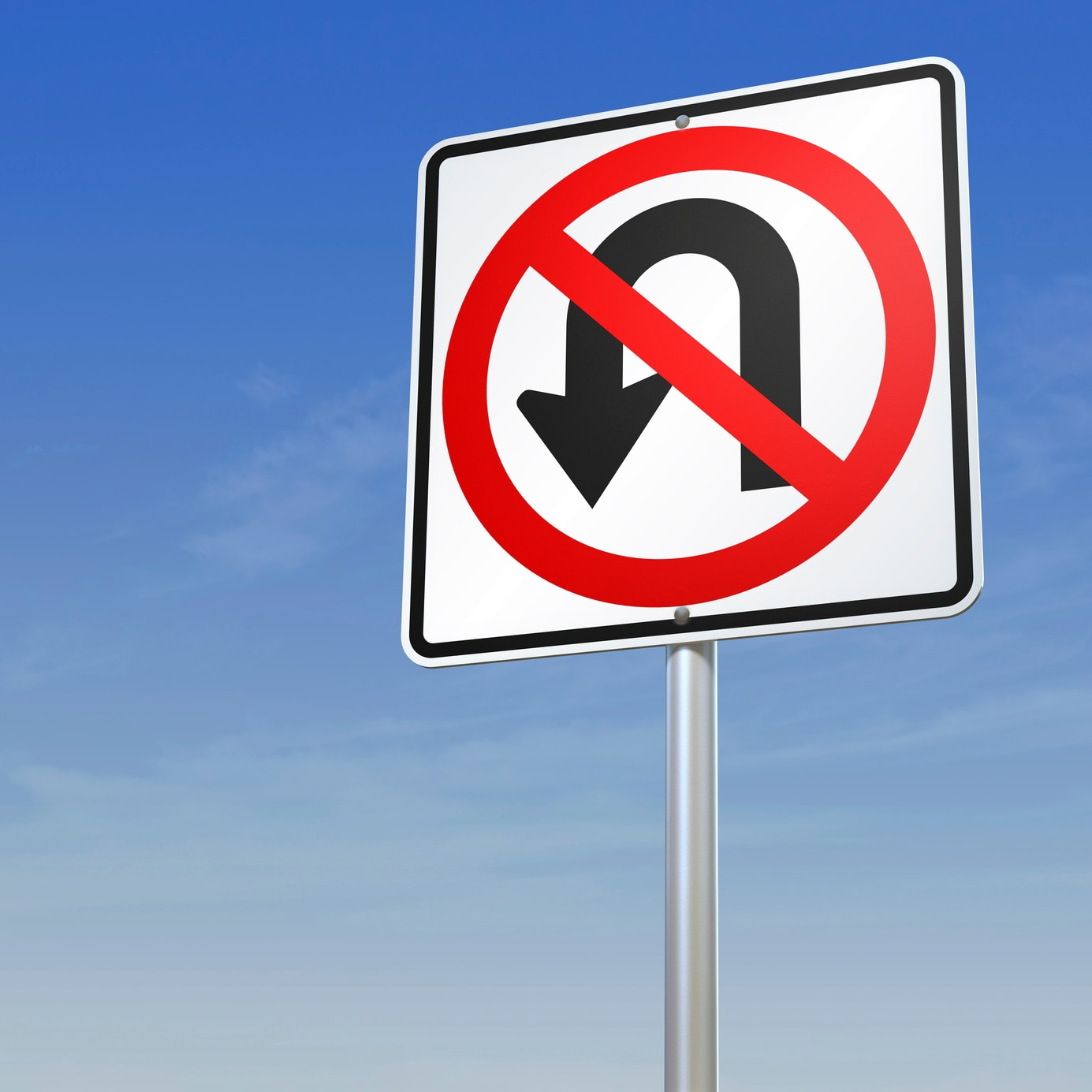
Great West |